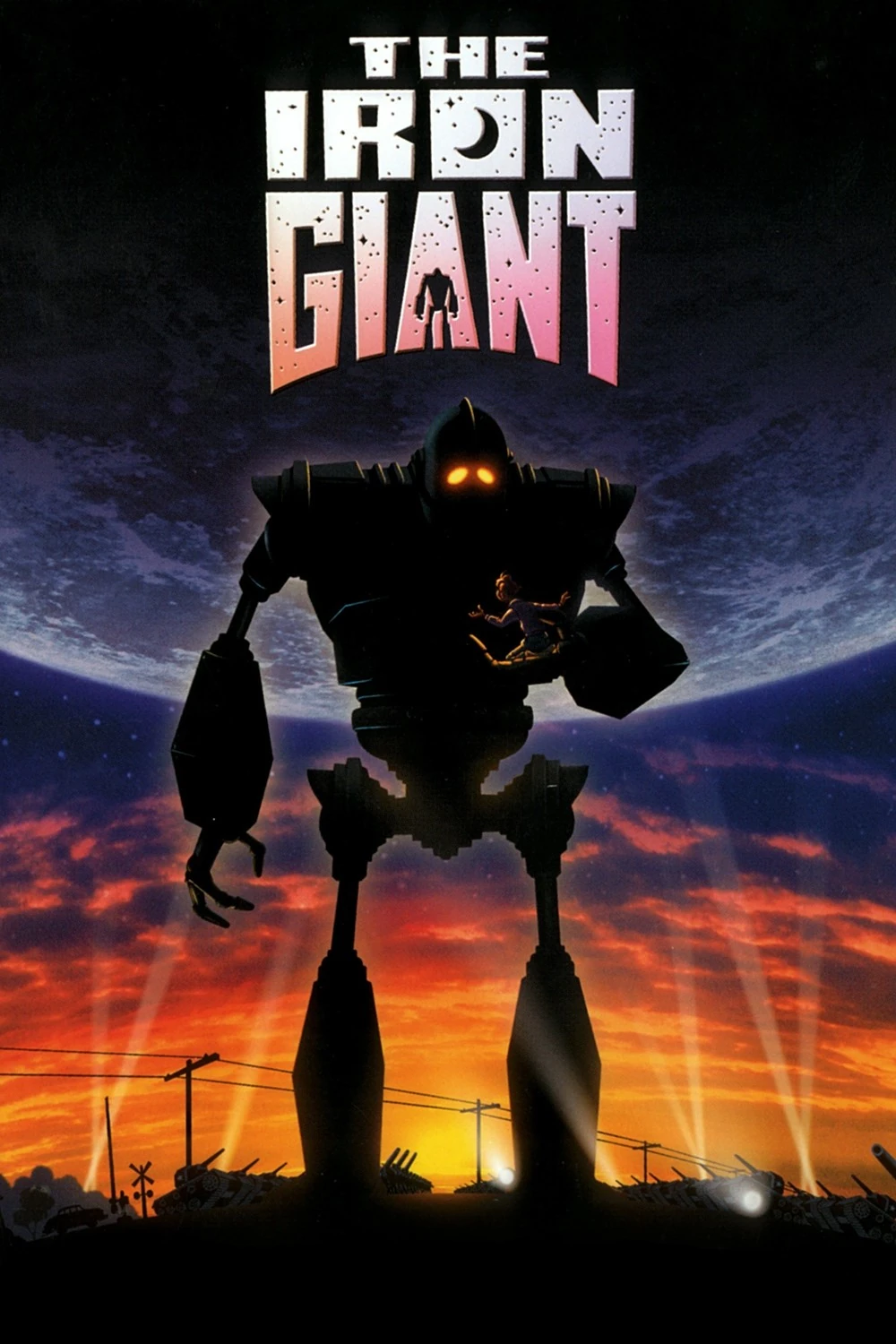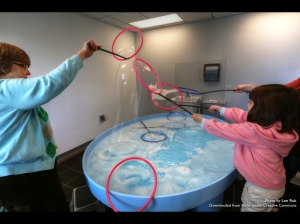
Uno is big in our house. My husband says he lettered in it in high school… I can’t verify that, but I believe it given the passion he puts into the game.
Here’s the thing: Uno is not a bad game… it’s fine as card games go. You get 7 cards in your hand, and your goal is to get rid of your hand, discarding any card that will play when it is your turn. If there is a yellow 7 card in the discard pile, you can play any yellow card, or any 7 card. You can mix it up by playing a ‘skip’ card to skip a player, ‘reverse’ to send play in the opposite direction, and a ‘draw two’ or ‘draw four’ card… even the wild to change the color to one of your choosing. If you don’t say “Uno” when you are down to one card, you have to draw two penalty cards. If you play with my husband, he will catch you on this rule. Every. Time.
When playing with the normal set of rules, Uno is easily playable in small or larger tables, and with kids and adults, which is nice.
BUT it can be so much better!
Enact House Rules Uno, and you’ve got yourself a different game! There are a lot of different ways you can vary your Uno game, but doing so teaches us important lessons about design. Why is House Rules Uno different?
First, here are the rules we play by:
- all standard rules apply, plus:
- jump: when you have the exact card another players discards, you can yell “Jump!” and put your card on top. Play continues as if you were the only one to play.
- swap on 7: when you play any 7, you can trade hands with any other player (probably someone with fewer cards than you).
- table swap on 0: when anyone plays a 0, everyone rotates hands, trading in the direction of play.
- cumulative draws: this is the trickiest. When someone plays a “draw 2” or “draw 4” card on you, you can then play any other non-standard card. You can put another “draw 2” (any color) on top, and then the person after you draws 4! If they play a “reverse”, it comes to you to draw 4, if you put a “draw 4” card on top, it is the draw 8 to the next person. The only way to kill it is to play the “wild” card.
So… how does this improve the game? First… it’s much more fun… it’s active, it’s loud, it’s unexpected. House rules:
- Increase sense of control: when you have the ability to jump at any point, you have to be alert throughout the game. You have an idea that at any point, you may have the chance to jump in. This gives you a greater sense of control because you aren’t just given a single choice when it is your turn. Your skill plays a bigger part with the complexity of the game: “Do I play the ‘draw 2’ card now, or hold onto it in case someone plays it on me?” Complexity is a lovely way to give a player more control, and a greater sense that their skill matters in the game.
- Increase randomness: it seems counter-intuitive that a game can increase both control and randomness, but control comes when you feel best able to deal with random events. With house rules, you face additional risks — another can trade hands with you, you may be on the losing end of “draw 12 cards”. These risks increase the perceived value of winning, the perceived value of skill, the perceived value of “I can beat this”… all of which makes it more fun.
- Improve balance and flow: sure… you can get stuck with 8 extra cards as the result of cumulative draws… but then you are well prepared to jump, having increased the chances you have a card in your hand which someone else could play. You can also trade your hand. With the traditional game, you sort of just go around the circle until someone gets down to one card… and then chance are pretty good that that person wins. With house rules, the balance switches frequently. Each round lasts longer, but the tension between “I’m about to win” and “I can’t believe I have so many cards” is just about right for most players.
I sometimes get frustrated at expansion packs for games — isn’t the game I bought good enough? But expanded rules are a great way to improve a game, and change it for seasoned players. In digital games, we can create newer levels with expanded complexity: with board and card games, expansions help grow the game. Mattel has offered many different versions of the traditional game, but I’ve yet to play one of these that improves it in the ways these simple house rules do.
 The developer’s site (
The developer’s site ( Who do you shoot? Well it depends. In addition to getting a character and that character’s special powers (one character allows you to drink a beer for free at the start of every turn; another makes is so that when someone shoots you, that person has to take an arrow), you are also given a role which determines your goal. The Sheriff wants to kill any outlaws or renegades. The Vice-Deputy wants to keep the Sheriff alive. The Outlaws want to kill the Sheriff. The Renegade wants to be the last man standing. Everyone at the table knows who the Sheriff is, but the other roles are kept secret. Of course, if you play at our house, I’ll just tell you now, I am always the Sheriff. I don’t know why, it’s done by a random card draw, but I’m always the Sheriff, which means most of the other players want me dead, and the often get their wish. But, that’s beside the point. What is important here is why the game is fun.
Who do you shoot? Well it depends. In addition to getting a character and that character’s special powers (one character allows you to drink a beer for free at the start of every turn; another makes is so that when someone shoots you, that person has to take an arrow), you are also given a role which determines your goal. The Sheriff wants to kill any outlaws or renegades. The Vice-Deputy wants to keep the Sheriff alive. The Outlaws want to kill the Sheriff. The Renegade wants to be the last man standing. Everyone at the table knows who the Sheriff is, but the other roles are kept secret. Of course, if you play at our house, I’ll just tell you now, I am always the Sheriff. I don’t know why, it’s done by a random card draw, but I’m always the Sheriff, which means most of the other players want me dead, and the often get their wish. But, that’s beside the point. What is important here is why the game is fun. Yep, lately I’m enjoying the dice-based games. As in
Yep, lately I’m enjoying the dice-based games. As in  Sometimes, the simplest games are the most fun to play, and certainly the easiest in which to distill some of the most important design characteristics! This game is a delight.
Sometimes, the simplest games are the most fun to play, and certainly the easiest in which to distill some of the most important design characteristics! This game is a delight. When I first saw trailers for Spy, I was disappointed in yet another movie where we would see Melissa McCarthy make gentle (or possibly crude) fun of herself for being awkward, overweight, domineering, or any of the other negative stereotypes associated with less-than-visually-perfect women. It’s not just female comedic actresses who suffer: Chris Farley was relegated to similar roles despite his own comic gifts.
When I first saw trailers for Spy, I was disappointed in yet another movie where we would see Melissa McCarthy make gentle (or possibly crude) fun of herself for being awkward, overweight, domineering, or any of the other negative stereotypes associated with less-than-visually-perfect women. It’s not just female comedic actresses who suffer: Chris Farley was relegated to similar roles despite his own comic gifts.






 It’s been around since before I was born, and I certainly have memories of this “small town theme park” (which really isn’t quite so small-town anymore). Like other Albuquerque attractions, I figure I have visited Cliff’s 20-30 times… as a kid, adult, and now as a parent.
It’s been around since before I was born, and I certainly have memories of this “small town theme park” (which really isn’t quite so small-town anymore). Like other Albuquerque attractions, I figure I have visited Cliff’s 20-30 times… as a kid, adult, and now as a parent.


